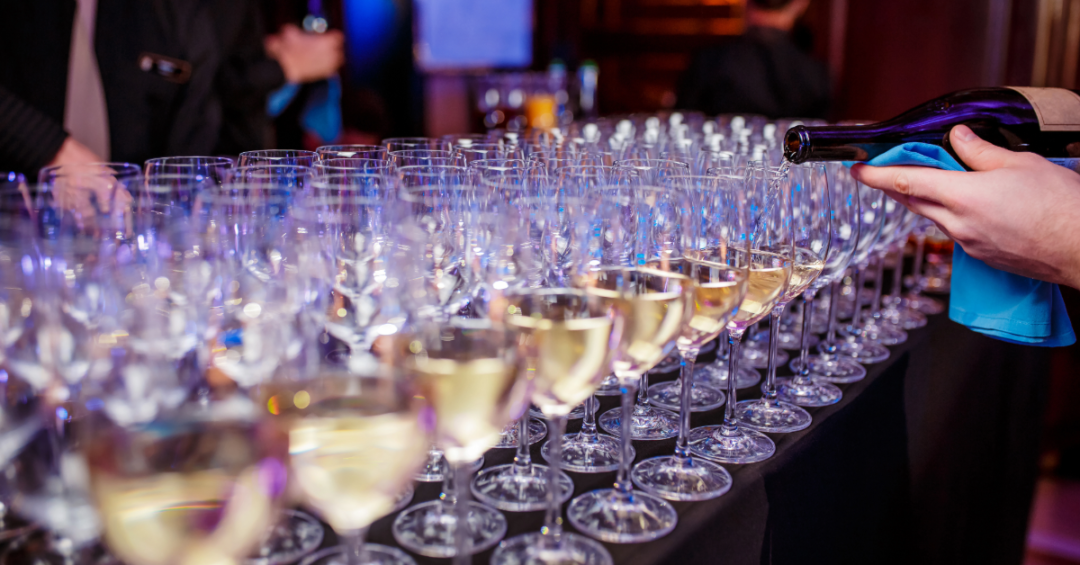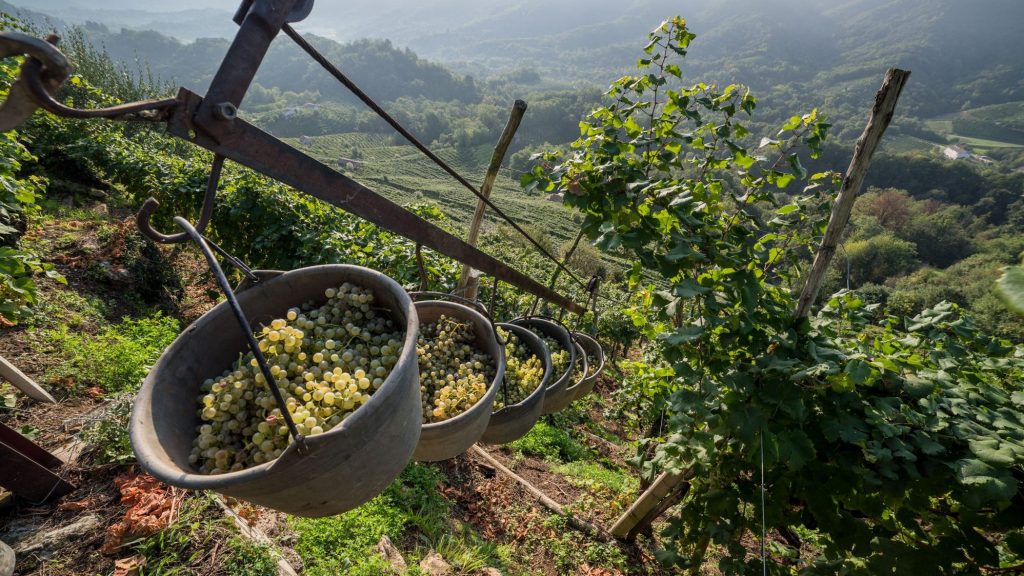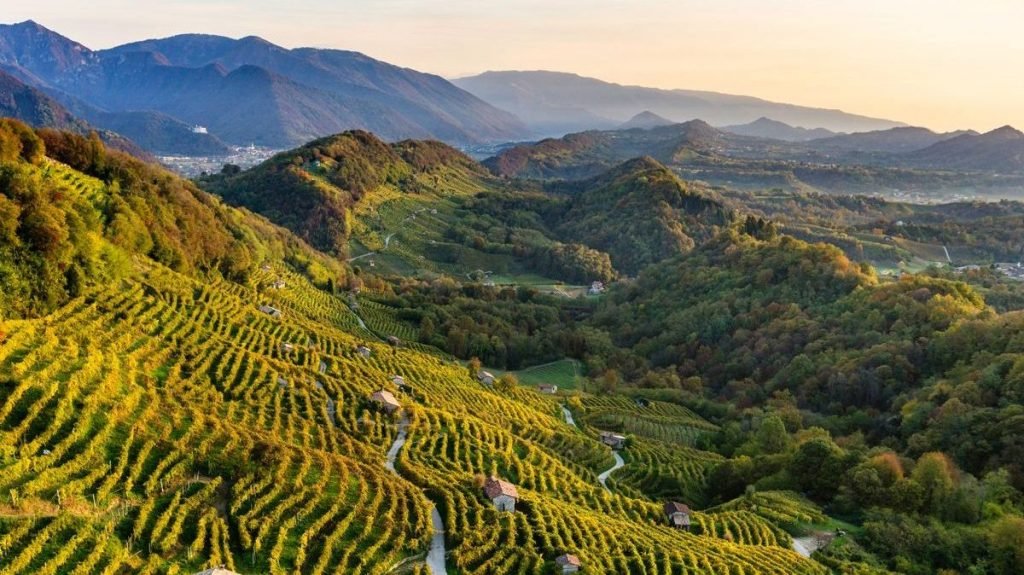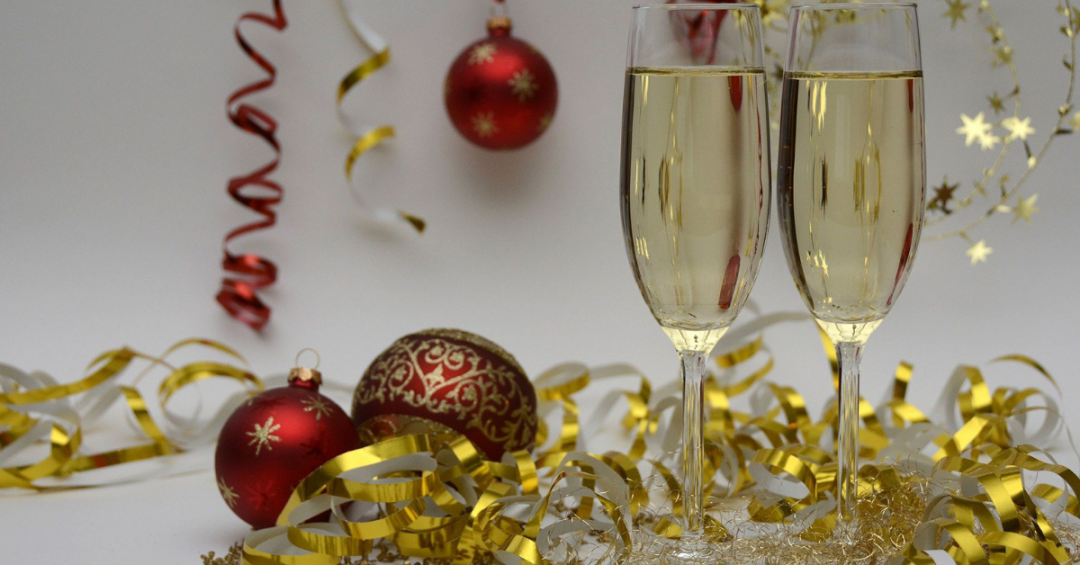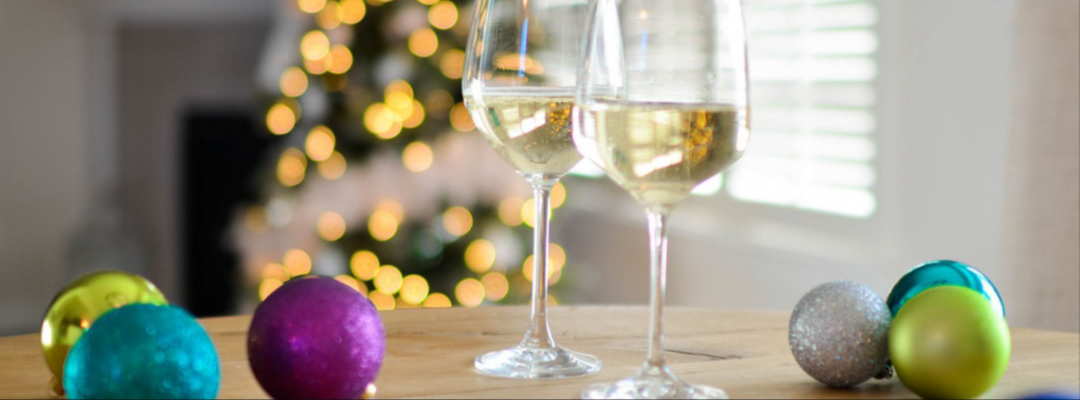Browsing the sparkling wine aisle in December can be a daunting prospect. The shelves seem to groan under the weight of the vast selection. Quality has never been better at every price point, but good sparkling wine is still a premium purchase. Knowing a little bit about the different styles will help ensure you buy a bottle you will love.
First consider the sweetness level. Most sparkling wines use the same terminology.
- Brut nature or Zero Dosage: no dosage (added sweetness). Bone-dry, often quite taut, perception of acidity is often heightened.
- Extra Brut: Very subtle dosage. Dry. Slightly less austere on the palate than a zero dosage.
- Brut: Subtle dosage. Still quite dry, but more rounded and fruitier.
- Extra-Dry: Confusingly this term actually means off-dry (subtly sweet).
- Dry: Semi sweet sparkling wines with pronounced fruitiness
Then, think about the origin or production method. Some of the most popular sparkling wines include:
Prosecco: The Party Favourite
Prosecco, from the north of Italy, is an affordable option for holiday parties. The style is fresh and light (11% – 11.5% alcohol) with a subtle pear drop, peachy, floral perfume. It drinks well on its own but also works well in Mimosa-type cocktails.
Its bubbles are generally softer and frothier than traditional method sparkling wines (like Champagne or Cava). This is due to the winemaking process – whereby bubbles are formed during a brief passage in large, pressurized tanks before early rapid bottling.
For the best quality Prosecco, look out for the top tier DOCG mention on the label, which is helpfully accompanied by the term Superiore. These Prosecco wines hail from the region’s best growing areas.
Recently tasted recommendations:
Fiol Prosecco DOC Extra Dry rosé ($20.25 at the SAQ) – pretty in pink, good value, fruity, easy-drinking, smooth bubbly
Canavel Campofalco, Conegliano Valdobbiadene Prosecco DOCG Superiore ($30.75$ at the SAQ) – dry, elegant, and well-balanced, with a discreet orchard fruit, floral perfume
Cava: The Oft Underrated Option
Cava hails from the Catalonia region in northeastern Spain. It is produced using the same “traditional method” as Champagne. After an initial fermentation, wines are bottled and dosed with yeast and (usually) sugar to provoke a second fermentation in the bottle. Carbon dioxide released during this process is trapped in the bottle and dissolves into the liquid, forming bubbles.
Cava has two key differences from Champagne: firstly, the grapes in the blend are not the same, and secondly, the grape-growing climate is warmer. This translates as a broader sparkling wine, with softer acidity. Green apple, lemon, and earthy flavours are common. Most are very dry, in the Brut Nature to Brut range.
The longer a traditional method sparkling wine remains in contact with the yeast cells (called lees) after the second fermentation, the more complex the wine can become, developing a creamier more layered texture, finer bubbles, and toasty, nutty flavours. Longer-aged Cava wines are called Reserva or – for the longest aged tier – Gran Reserva.
Recently tasted recommendations:
Muga Conde de Haro Brut Reserva 2020 ($23.10 at the SAQ): Surprisingly textural and persistent for the price, with vigorous bubbles, and tempting baked apple, biscuit, earthy notes.
Juvé y Camps Reserva de la Familia Brut Nature ($23.95 at the SAQ), Juvé y Camps Brut Cava Rosé ($24.50 at the SAQ) – consistently good value Cava in a very dry, textured, lively style
Mestres Gran Reserva Brut Nature 2016 ($38.00 at the SAQ) – Complex, nutty, rich, and layered. Bone-dry without austerity. Lovely freshness and verve.
Crémant & other non-Champagne Traditional Method Bubblies : The Affordable Luxury
Crémant is a name given to sparkling wines from 7 French regions outside of Champagne including: the Loire Valley, Alsace, Burgundy, Bordeaux, the Jura, Limoux and Die. The grape varieties vary depending on the region.
Crémant wines often have bigger, more rounded bubbles than Champagne, making them feel a little rounder and more ample on the palate. The most affordable Crémants also tend to be fruitier as they are rarely aged for more than a year on their lees.
Recently tasted recommendations:
Louis Bouillot Perle Rare Crémant de Bourgogne 2019 ($24.45 as the SAQ) – broad, rounded, and fruity, in an easy-drinking, smooth style.
Domaine Vincent Carême Brut Vouvray mousseux 2021 ($25.65 at the SAQ) – clean, zesty citrus, honeyed undertones, fine, lively mousse, and zippy acidity
Domaine Baud Brut Sauvage, Crémant de Jura ($31 at the SAQ) – delicate floral, lemon, and brioche nuances, vibrant freshness, and a dry, earthy finish.
Side note… There are many countries producing first-rate traditional method sparkling wines outside of Spain and France. Canada is making excellent bubblies from coast to coast. Some of my favourite producers include: Lightfoot & Wolfville, Benjamin Bridge, Hinterland, Cave Spring, Henry of Pelman (Cuvée Catherine), Hidden Bench, Tantalus, Blue Mountain, Fitzpatrick Winery, and the list goes on!
Pét Nat: The Wild Child
Pét Nat stands for Pétillant Naturel (or naturally sparkling wine). It might seem like a recent trend, but the technique to make Pét Nat wines is actually the oldest sparkling wine process in the world. It is called the Ancestral Method.
The Ancestral Method, used for Pét Nat wines, consists of bottling a wine partway through its initial fermenting, as compared to the secondary fermentation of traditional method sparkling wines. There is quite a wide array of Pét Nat styles out there so they are hard to define.
They do tend to be quite low in alcohol (9.5 – 11%), with less vigorous bubbles, and flavours that are often more savoury, mineral, or herbal than fruity. Many are unfiltered so can be quite cloudy.
Recently tasted recommendations:
Domaine Fouet Pour Ma Gueule ($23.10 at the SAQ) – invigorating, ultra thirstquenching, bubbly with a rounded mid-palate and dry finish
Les Tètes, Tète Nat’ 2022 ($23.95 at the SAQ) – tangy green fruit flavours, piercing acidity, bone dry, precise palate with fine, well formed bubbles.
Francesco Cirelli Wines of Anarchy Frizzante ($25.10 at the SAQ) – earthy, savoury flavours mingle nicely with bright orchard fruit on this textural, bracing frizzante.
Champagne: The Luxury Choice
Champagne remains the obvious choice for special occasions. While many worthy contenders are cropping up from other wine regions, a well-made Champagne is still hard to beat in terms of its overall finesse.
What sets the best Champagnes apart? Firstly, the quality of their bubbles: ultra-fine, lively, and persistent. Secondly, the complexity of their aromas, blending mineral notes (flint, wet stone), with lees-aged nuances (brioche, biscuit), subtle florality, and tart fruit undertones.
The creamy, layered core of long lees aged Champagnes tempers their typical racy, high acidity, giving the wines a very harmonious mouthfeel. The long, vibrant finish of fine Champagne is another of its defining features.
Recently tasted recommendations:
There are so many lovely wines that I could list here, but I will stick to those sampled in the past few months that offer particularly good value for their price.
Champagne Fleury Blanc de Noirs Brut ($59.75 at the SAQ) – consistently good value blanc de noir with vivid fruit, smooth bubbles, a dry finish, and pleasing satin-like texture.
Champagne Ayala Brut Majeur ($68.50 at the SAQ) – attractive floral, orchard fruit nuances, ultra-fine mousse, lingering savoury, saline finish. Bone dry.
Champagne Palmer & Co Brut Réserve ($79.00 at the SAQ) – heady, tempting patisserie nuances balanced by racy, refreshing citrussy notes, lots of finesse.
Whether you choose to sip on light, fruity Prosecco, splash out on top Champagne, or venture further off-the-beaten track, I wish you all a very merry holiday season!
This Holiday Sparkling Wine Guide was originally published on Good Food Revolution. If you enjoy reading about artisinal food, wine, and spirits, check out this excellent online publication.

